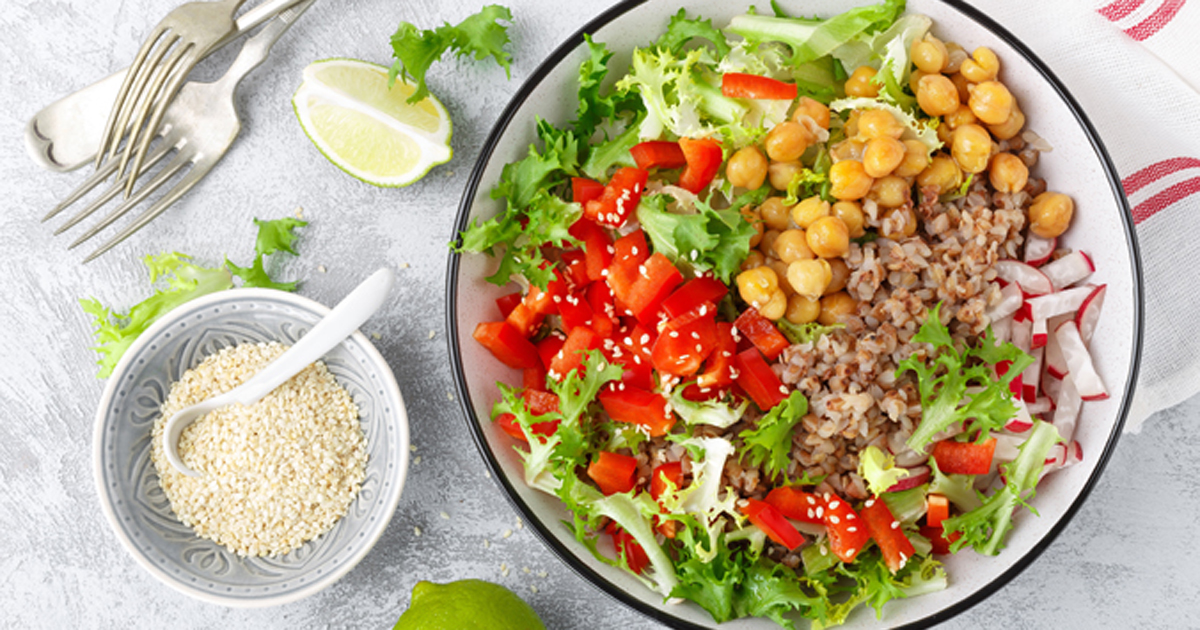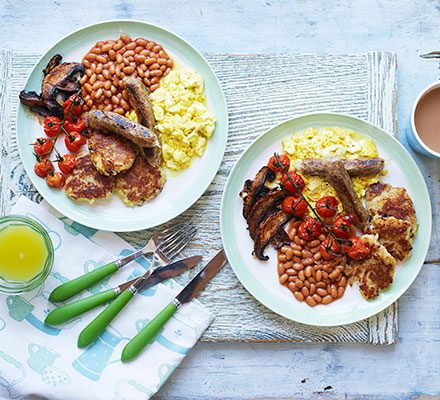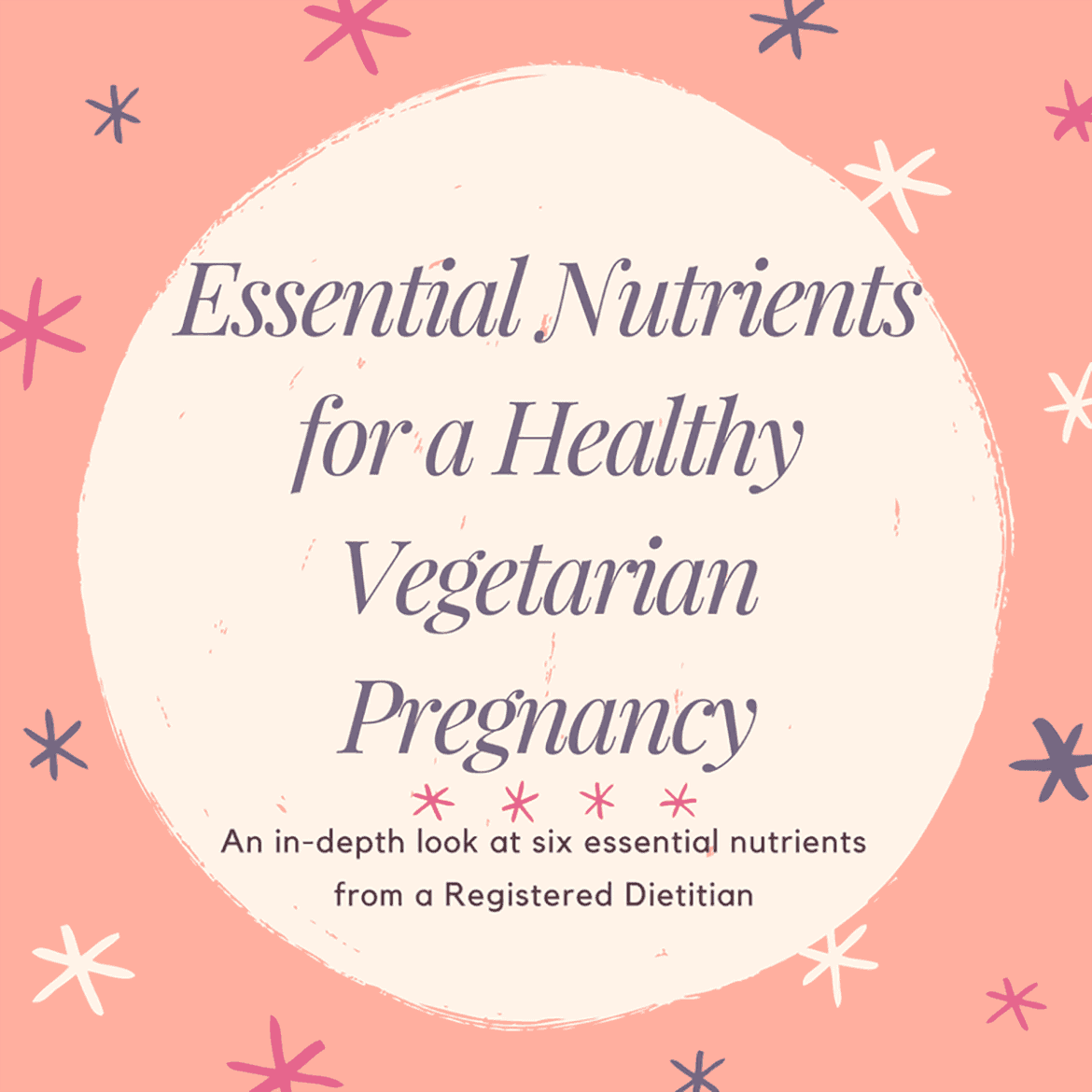
A plant-based diet is better for your health for several reasons. It is low in sodium, saturated oils, and refined sweeteners. In addition, it is lower in calories and higher in fibre. A second benefit is that it is healthier for the heart. It also lowers your risk of heart disease by lowering blood pressure. You may find that a vegetarian diet is the right choice if you have high levels of blood pressure.
Plant-based diets tend to be lower in saturated fats, sodium, and refined carbohydrates
Vegetarian diets have low amounts of saturated fats, salt, and cholesterol. They have fewer calories and lower dietary cholesterol. A variety of vitamins are found in these foods, as well as a range of minerals and vitamins. Plant-based diets are high in fiber and low in calories. They are also lower on sodium and refined sweeteners than a typical American diet.
Vegetarians have lower saturated fat levels than those who eat a standard American diet. You can reduce your intake of meat and dairy depending on your blood pressure. It is possible to replace butter with natural peanut oil or butter for toast, which will reduce the amount of saturated fats. Trans-fats found in fried foods and baked goods are much less common on a vegetarian diet.

They are lower calorie.
A recent study found that vegetarians had lower blood sugar than omnivores. Also, a vegetarian diet was associated with lower BMIs as well as lower BPs. Study results showed that vegetarians were more likely to lower blood pressure than those who eat meat or fish. The study has some limitations. This study was done in a large group and many other factors were considered.
One of many differences between vegetarians or meat-eaters can be found in the blood pressure. Vegetarians tend to have higher blood pressure than omnivores. A vegetarian diet is higher in multi-nutrient fruits and vegetables, and lower in calories. A vegetarian diet is free from dairy products, eggs and fish. A vegetarian diet has lower calories for high blood pressure that meat, fish and poultry.
They have more fibre
There are many benefits to fiber in plants and other foods. Fiber can help you digest food, which is especially important for those with high blood pressure. There are side effects to fiber intake. Gas, bloating, general abdominal discomfort, and gas are some of the most common side effects. But, fiber can be tolerated by humans. You can minimize side effects by increasing your fiber intake and drinking lots of water.
They are lower in sodium
Although vegetarians might have lower blood pressure than non-vegetarians it is not clear why. Blood pressure is affected primarily by how fast we beat. Consuming high-sodium meals can raise blood pressure. Likewise, eating high-fat, high-sodium foods can raise blood pressure in the long term. Vegetarians can have a long-term benefit because they are low in sodium.

A matched cohort study of people with hypertension found that people on a vegetarian diet had 34% fewer symptoms of hypertension than non-vegetarians. Another study found that vegetarians were at lower risk of hypertension, both in systolic as well as diastolic measurements. Both studies showed that lower levels in sodium and potassium were associated with lower blood pressure.
FAQ
What can I do to lower my blood pressure?
It is important to first understand what high blood pressure is. Then you need to take steps to reduce this cause. This could be as simple as eating less salt, losing weight (if necessary), or even taking medication.
It is important to ensure that you get enough exercise. Try walking if you don’t find the time.
If you are unhappy about how much exercise you do, you might consider joining a fitness club. A gym that has other members who share your goals will be a good place to start. It is much easier to stick with a exercise program if there are others who will be watching you at the club.
Is being cold bad for your immune system?
Cold can make you less immune to infection because your body makes fewer white blood cells, which are essential for fighting infections. You will feel less pain if you are cold.
What are the 10 best foods to eat?
These are the top 10 foods to eat.
-
Avocados
-
Berries
-
Broccoli
-
Cauliflower
-
Eggs
-
Fish
-
Grains
-
Nuts
-
Oats
-
Salmon
What is the working principle of an antibiotic?
Antibiotics are drugs that destroy harmful bacteria. To treat bacterial infections, antibiotics are used. There are many types and brands of antibiotics. Some can be taken orally while others can be injected. Others are topically applied.
Many people who have been exposed can be prescribed antibiotics. To prevent shingles, an oral antibiotic may be prescribed to someone who has had chicken pox. For those with strep-thorphritis, an injection of penicillin could be given to prevent them from getting pneumonia.
When antibiotics are given to children, they should be given by a doctor. Children are more susceptible to side effects from antibiotics than adults.
The most common side effect of antibiotics is diarrhea. Side effects of antibiotics include diarrhea, stomach cramps and nausea. Most of these symptoms disappear after the treatment is completed.
How do I measure body fat
A Body Fat Analyzer is the best way to measure body weight. These devices can be used to measure body fat percentages in people who are trying to lose weight.
What should I eat?
Take in lots of fruits and veggies. These vegetables and fruits are rich in vitamins and minerals that will keep your immune system strong. Also, fruits and veggies are rich in fiber. This makes them filling as well as helping with digestion. You should eat at least five servings per day of fruits and vegetables.
Make sure you drink plenty of water too. Water flushes toxins from your body and helps you feel full between meals. Drink about eight glasses each day.
Whole grains are better than refined grains. Whole grains have all the nutrients they need, including B vitamins. Some nutrients have been removed from refined grains.
Avoid sugary drinks. Sugary drinks are full of empty calories and lead to obesity. Instead, opt for water, milk, or unsweetened tea.
Avoid fast food. Fast food has very little nutritional value. It may taste great but it won't give you the energy you need to function properly. Stick to healthier options such as salads, soups, sandwiches, and pasta dishes.
Reduce your alcohol intake. Alcohol contains empty calories and contributes to poor nutrition. Limit yourself to no more than two alcoholic beverages a week.
Reduce the consumption of red meat. Red meats contain high amounts of saturated fat and cholesterol. Lean cuts of beef or pork, lamb and chicken, as well as fish and turkey, are better choices.
Is cold a sign of a weak immune response?
There are two types of people in the world: those who love winter and those that hate it. But, regardless of whether you love or loathe winter, you might be wondering why it makes you miserable.
Our bodies are made to function well in warm weather. We evolved to thrive in hot environments because of the abundance of food resources.
Today's environment is vastly different from the one our ancestors experienced. We spend more time indoors, are often exposed at extreme temperatures (cold and hot), and eat processed food rather than fresh.
Our bodies don't have the ability to tolerate extreme conditions anymore. When we venture out, our bodies are unable to handle the extremes. This leaves us feeling exhausted, sluggish, or even sick.
However, there are ways to counter these effects. The best way to avoid these problems is to ensure that your body stays hydrated throughout the day. Drinking plenty of water will help you keep your body hydrated and flush out toxins.
You must also ensure that you are eating healthy foods. Eating nutritious foods helps your body maintain its optimal temperature. This is especially important for those who spend long periods inside.
Consider taking a few moments each morning to meditate. Meditation helps you relax your mind and body, which makes it easier to deal with stress and illness.
Statistics
- nutrients.[17]X Research sourceWhole grains to try include: 100% whole wheat pasta and bread, brown rice, whole grain oats, farro, millet, quinoa, and barley. (wikihow.com)
- This article received 11 testimonials and 86% of readers who voted found it helpful, earning it our reader-approved status. (wikihow.com)
- WHO recommends reducing saturated fats to less than 10% of total energy intake; reducing trans-fats to less than 1% of total energy intake; and replacing both saturated fats and trans-fats to unsaturated fats. (who.int)
- WHO recommends consuming less than 5% of total energy intake for additional health benefits. (who.int)
External Links
How To
27 Steps to a Healthy Lifestyle when Your Family Buys Junk Food
It is easy to eat healthy when you cook at home. However, many people are not skilled in preparing healthy meals. This article will give you some tips on how to make healthier choices when eating out.
-
Consider eating at restaurants that serve healthy meals.
-
Before you order meat dishes, make sure to order salads or vegetables.
-
Ask for sauces without added sugar.
-
Avoid fried food.
-
Instead of ordering fried meats, request grilled meats.
-
Order dessert only if you absolutely need it.
-
You should always have something else after dinner.
-
Take your time and chew slowly.
-
Take plenty of water with your meals.
-
Don't skip breakfast and lunch.
-
Take fruit and vegetables along with every meal.
-
Use milk, not soda.
-
Try to avoid sugary drinks.
-
Reduce salt intake.
-
Limit how many times you dine at fast food outlets.
-
If temptation is too strong for you, invite someone to be your friend.
-
Your children shouldn't watch too much television.
-
Turn off the television during meals.
-
Avoid energy drinks
-
Take regular breaks at work.
-
Get up earlier in the morning to exercise.
-
Get active every day.
-
Start small, then build up slowly.
-
Realistic goals are important.
-
Be patient.
-
Exercise even if it's not your favorite thing to do.
-
Use positive thinking.